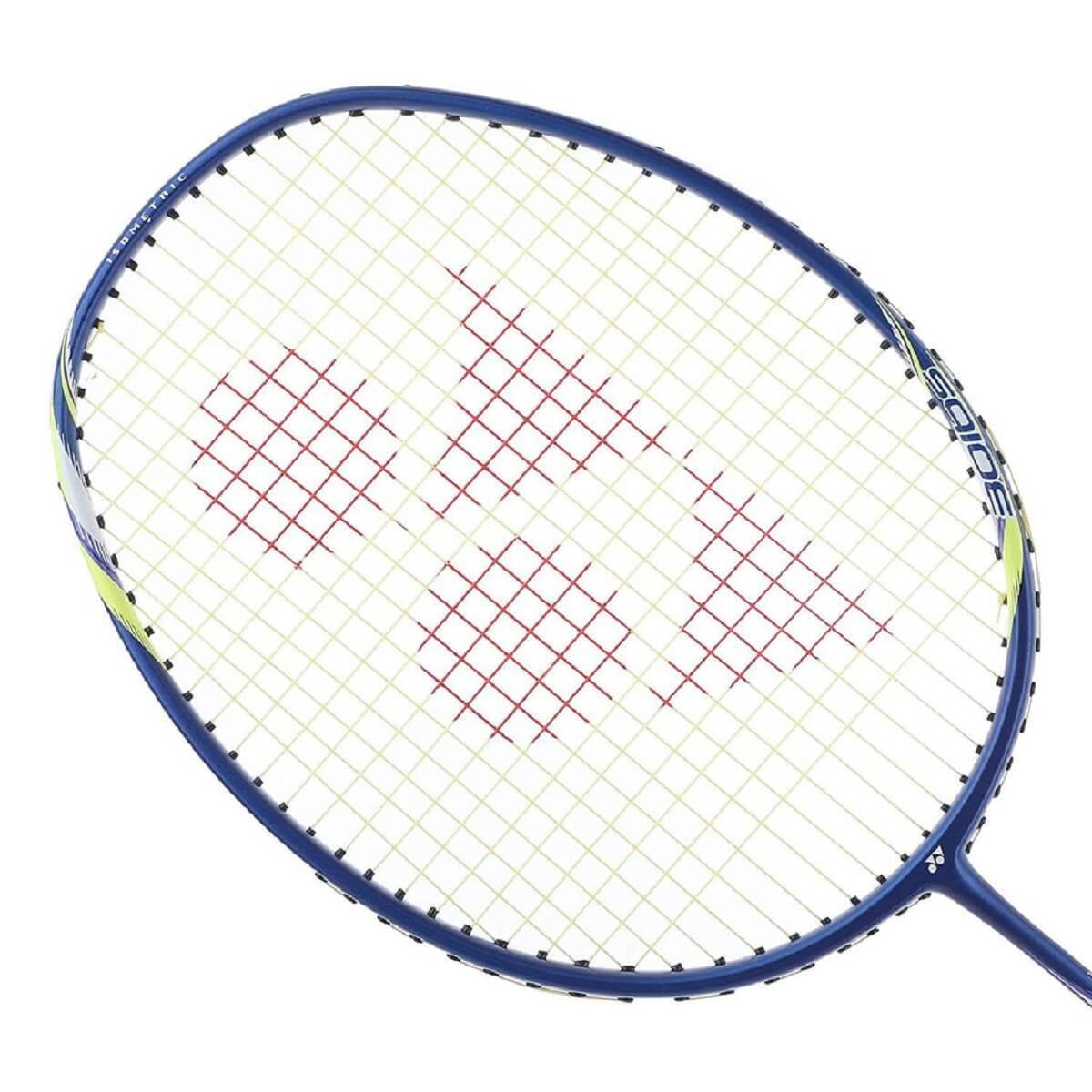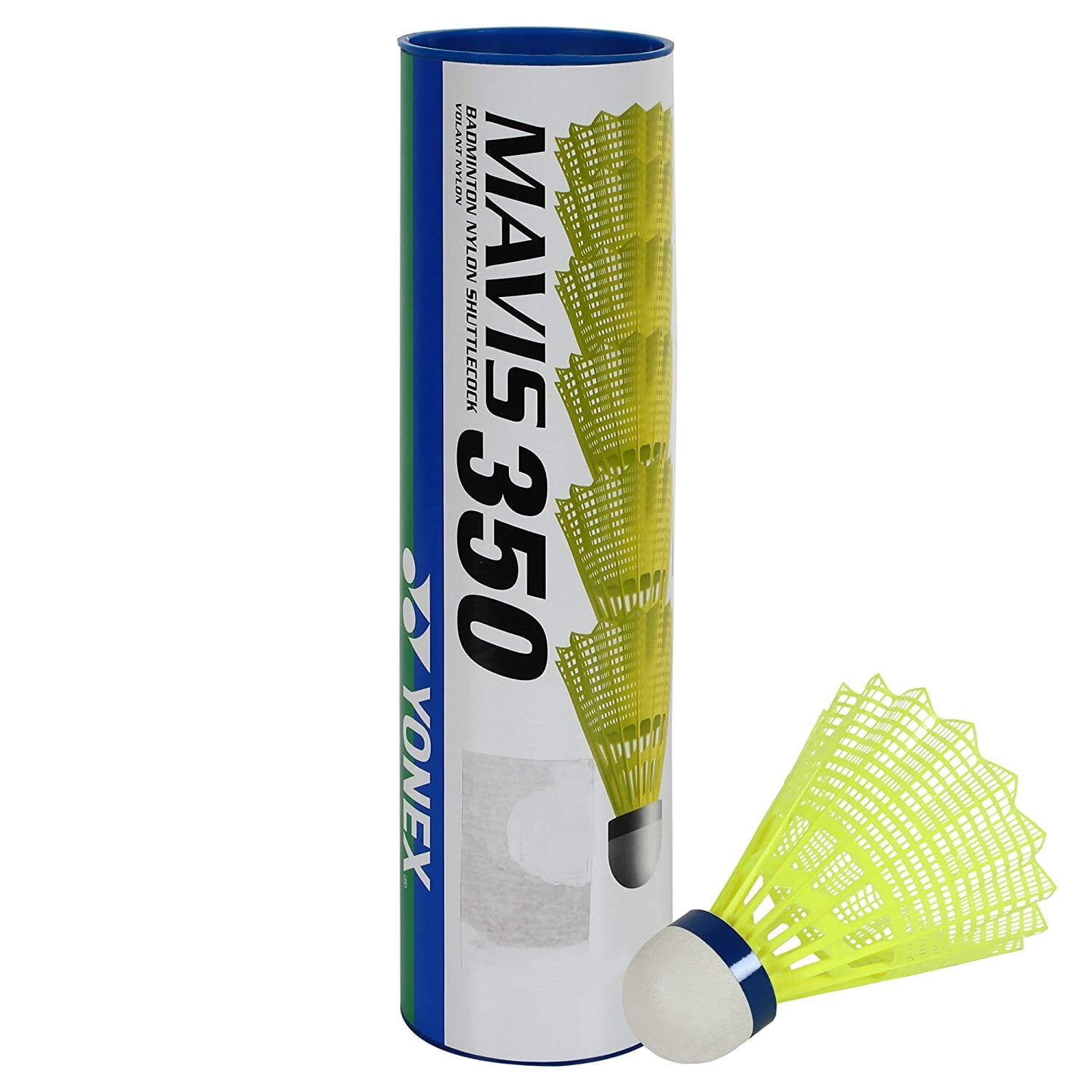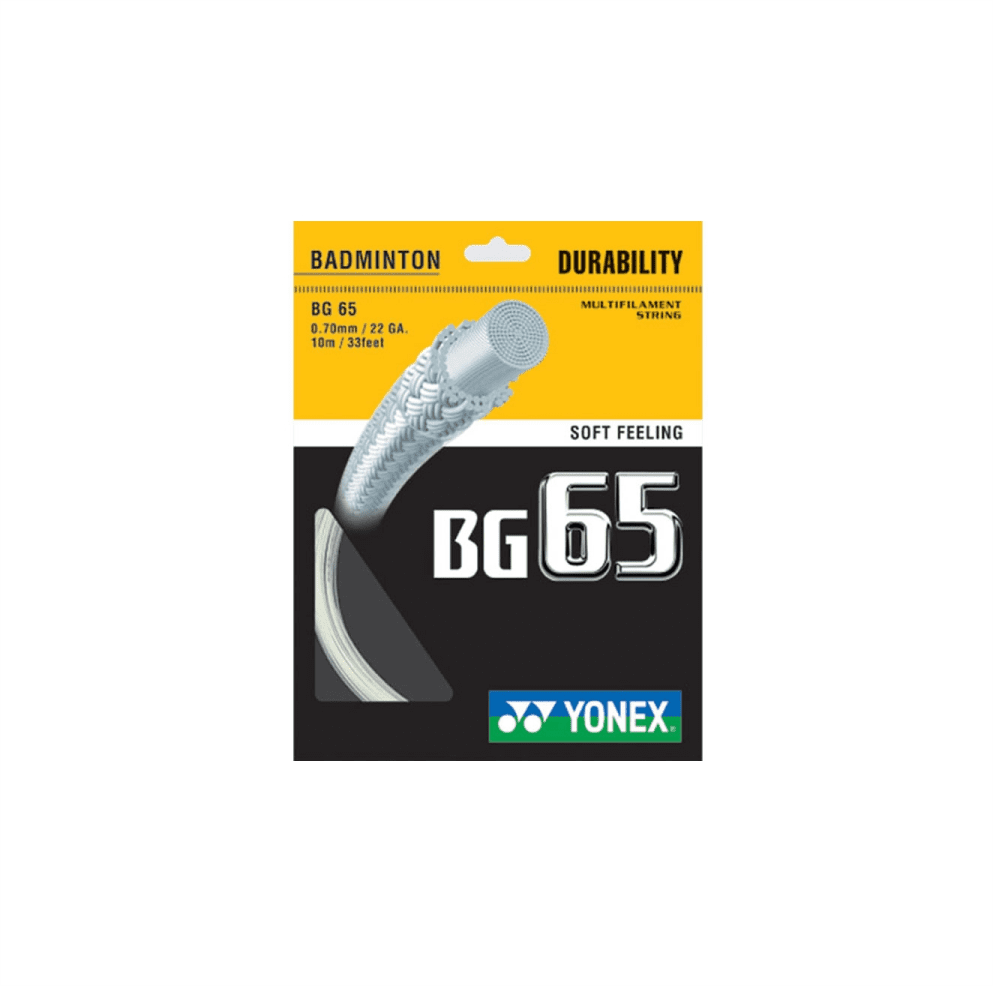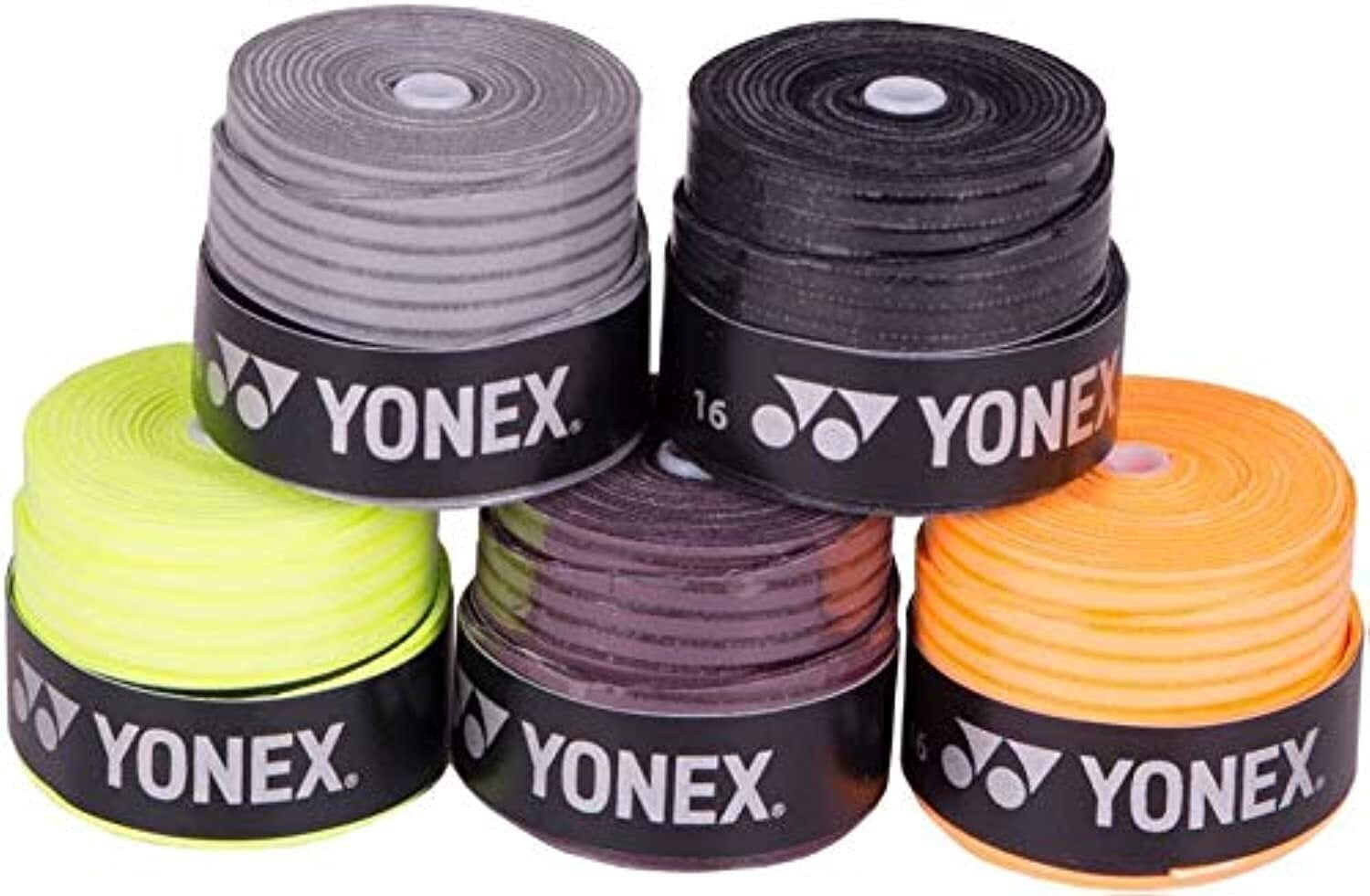Thank you for purchasing your new bat from The Sports Story. We know you are keen to use it, but there are a few crucial stages of preparation you will need to complete before you start scoring runs!
Getting Started
Every bat must be either Oiled and/or have Extratec applied (if not already). Toe Protection is also a must! We generally advise these tasks to be completed prior to match use.
Oiling – Use Raw Linseed Oil only. Oil maintains moisture levels in bats & assists in enhancing protection. To apply, use a cloth & a 10 cent coin worth of Oil. Apply Oil lightly to the Face, Edges, Toe & Blade avoiding the splice & any labels. Generally, 3-4 initial coats are sufficient & one coat every 8-12 weeks thereafter (providing your bat is natural). Each coat must be left to dry in the horizontal position for around 24 hours before the next coat.
Face Tap – A highly recommended protective film covering the bats hitting area used by over 90% of all cricketers. It is by far the best form of bat protection & does not reduce performance. Face Taps also helps in maintaining the moisture levels in bats, however we still recommend to lightly oil the exposed timber every 12 weeks or so.
Toe Protection – For those bats that don’t have Toe Protection already fitted, you must do so for warranty purposes & to support the longevity of your bat & greatly reduce the chance of toe damage. Toe Guard is the recommended form of protection.
The Ideal Preparation – Apply 2 light coats of Oil to the Face & Edges of the bat & one coat to the back. Once allowed to dry, do all Knocking In with a mallet whilst the bat still has a natural face. Apply face tape & Toe Protection once dry. Continue to lightly Oil the exposed timber every 12 weeks or so.
PHASE 1 – THE KNOCKING IN STAGE - MALLET
Knocking-In is the process by which the willow is compressed & strengthened to prepare it for match use. If Knocking-in is not completed correctly, the chance of damaging your bat is high & warranties may be voided. Knocking-In is vital on all English Willow bats & must be performed with patience & care. No bat is ready to use off the shelf. Pressing the bat will begin the process & reduce the overall time of the process. The best tool to use to complete Knocking-In is the bat/ball mallet. To do this, you will need to spend up to 16 hours Knocking-In depending on your choice of bat & thoroughness throughout the procedure. Some bats may require more/less work depending on the willow & care taken whilst Knocking-In. There are 4 areas that need to be prepared during Knocking-In: Face, Toe & each Edge. The focus should always be the edges & the toe! Start off Knocking In gently & build up as you progress! Remember, it’s very important to be hitting the bat firmly towards the end of this process to prepare for match use.
Face – This area will cover from below the splice to roughly 10cm from the bottom of the bat. Hitting straight on the face, start on the grain on the far left. Work up & down this grain multiple times & gradually increase the force. Once you’ve reached a reasonable amount of force, move on to the next grain & work your way across the bat until you’ve covered the entire face.
Edges – These need to be done roughly 15cm from the shoulders all the way to the bottom of the bat.
Glance the mallet off the edges at a slight angle (never hitting into the edge). Here, you want to replicate the glancing motion of ‘an edge’ in a game. This will slowly make the edge rounder.
Toe – Follow the same procedure as the face, but cover the bottom 10cm. Really focus on the bottom 1-2cm & towards the edges as these areas are the most vulnerable. Again, start gently & increase force as you progress.
Remember to start soft & increase force as you progress. Spending more time/effort Knocking-In will result in the bat lasting longer & performing better!
PHASE 2 – THE PLAYING IN STAGE – NET SESSIONS
Playing In commences after the mallet process is completed. Once you believe you have completed Phase 1, take your bat to the nets with an old leather ball. Start with gentle throw downs & defensive shots. Inspect your bat after every shot to ensure there are no visible dents/seam marks. Hit the ball gently at first & harder as your progress. If marks occur, you must stop use immediately as Phase 1 has not been completed correctly. Repeat Phase 1 of Knocking-In with the mallet building up force & attempt another net session later. If no marks/dents are visible, gradually increase the force of the ball speed & hitting power. Continue to look for denting/marks. This process can be lengthy & may include multiple net sessions & trial/error. By the end of this process, you should be hitting the ball firmly & facing a fast bowler without the bat showing indentations. If this is the case, your bat should be match ready!
THINGS TO REMEMBER:
- A cricket bat is not going to look new forever & cracks will appear.
- Bats are made of a natural material & have an incredibly hard task of hitting a solid Cricket Ball repeatedly.
- Cracks can occur during the Knocking-In process & do not necessarily resemble a fault/defect
- Cracking may be an indication of insufficient Knocking-In, improper preparation/use, soft willow etc
- A small amount of cracking is normal & has no impact on the performance of the bat. These can usually be sanded down & have been appearing on bats for centuries
- The lifespan of a bat depends on the amount of use & care taken.
- Added protection such as face tape & Toe Protection is highly recommended for enhanced longevity
- Some bats may require more/less preparation than initially advised. Knocking-In time is a general guide & does not mean that once you have completed the hours that your bat is ready. Eg if your Knocking-In has not been performed up to standards you could spend 30+ hours on your bat & it may still not be ready.
- The price of a bat does not reflect the potential longevity of the willow. In fact, the more expensive bats are made of softer willow & though they will outperform cheaper bats, they may not last as long.







